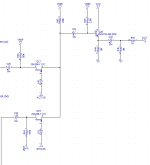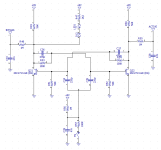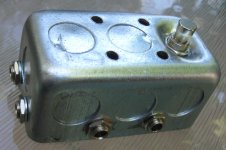I can't imagine it would be easy. I have a Boss DM2-W which I really like except that whenever I plug it in it really affects my signal. I can hear that the guitar sound I have gone to such lengths to make as good sounding as it can be has lost punch as soon as the DM2-W gets involved. I like some Boss pedals, especially their delays, but the tone-suck is real in my set-up.
I like to be minimal and use very few FX at any one time. My board is tiny compared to a lot I see here! Usually it's four pedals tops with one being a tuner.
If bypassing the buffers is what it takes then I'm happy to rehouse if necessary (not fussed about the Boss "silent switching"). Is it the buffers which are making the difference? Would this be a waste of time? Has anyone tried this?
I like to be minimal and use very few FX at any one time. My board is tiny compared to a lot I see here! Usually it's four pedals tops with one being a tuner.
If bypassing the buffers is what it takes then I'm happy to rehouse if necessary (not fussed about the Boss "silent switching"). Is it the buffers which are making the difference? Would this be a waste of time? Has anyone tried this?





